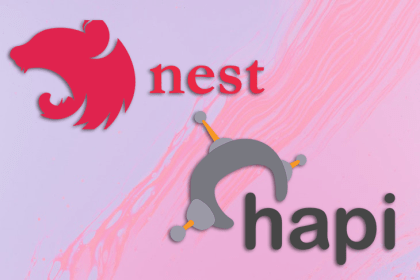
Make choosing your NestJS ORM easy with this detailed guide to four of the most popular options: Sequelize, TypeORM, MikroORM, and Prisma.

This brief overview of NestJS and Joi will walk you through implementing validation within a NestJS application.

Build a NestJS application on AWS with DynamoDB and the Serverless Framework, an open source CLI for designing deploying, debugging serverless apps.

Prisma is an easily integrated database toolkit for creating dependable, scalable web APIs. We’ll learn how to use NestJS with Prisma to build a REST API.

Hapi and NestJS have a lot of noticeable differences, one of the most significant being NestJS’ built-in support for TypeScript.

This tutorial illustrates the combined power of NestJS and React by using both to build a full-stack video streaming application.

Learn how to integrate Google’s Firebase Authentication services into a NestJS app with this tutorial and example build.

NestJS forces us to write more easily testable code through its built-in dependency injection, which makes unit testing with Jest a painless process.

Creating a reusable serialization solution with the NestJS ecosystem is a breeze.

Adding WebSockets to a stateless NestJS app is made significantly easier with Redis.

Using Docker with NestJS for containerized development, along with VS Code’s internal debugger, can greatly improve developer efficiency.

NestJS forces developers to use a specific architecture, ensuring your application is scalable, testable, and loosely coupled.